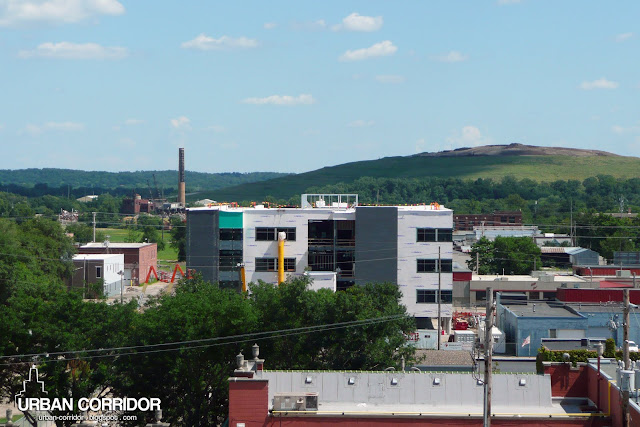Since I was young, I have heard about brain drain and its effects on the Iowa economy, labor force, and small towns. As a recent college grad, a number of my classmates left the state for greener pastures in the Southwest and Northeast, but a surprising number also chose to remain right here in the Hawkeye state. Unfortunately, larger metros within the state seem to be gaining at the expense of smaller rural counties whose residents seek opportunities that only an urban area can offer. Cities and towns along major highways and interstates continue to see explosive growth, while those in more remote areas watch as their communities dry up.
With the recession that began in 2008, there has also been a shift in migratory patterns throughout the US. Once attractive locales in the Sunbelt now find themselves with a lack of jobs and an exodus of residents. Other areas such as the Pacific Northwest and the Denver metro are seeing gains in population thanks to thousands of Californians seeking to escape the state's high cost of living and high unemployment rates.
Forbes has produced an interactive map that shows the net inbound and outbound migration that took place for every county in the United States in 2008. Clicking on Linn County, it appears that the top counties where net in-migration is occurring are Black Hawk (Waterloo / Cedar Falls), Dubuque, Cook (Chicago), Delaware (IA), Maricopa (Phoenix), Story (Ames), and Lake County, IL (northern suburbs of Chicago). While there is much cross migration with neighboring Johnson County, Linn County has been losing more residents to the Iowa City area than it has been gaining. Linn County is also losing some to Polk County, with 356 outbound and 200 inbound. Below are the sources of the most gains for Linn County.
Black Hawk County, IA: 311 inbound, $19,200 average income
Dubuque County, IA: 181 inbound, $21,000 average income
Cook County, IL: 159 inbound, $25,300 average income
Delaware County, IA: 152 inbound, $24,800 average income
Maricopa County, AZ: 120 inbound, $30,100 average income
Story County, IA: 91 inbound, $26,200 average income
Lake County, IL: 63 inbound, $30,300 average income
Checking out Polk County, one can really see how it has increased its population at the expense of rural areas throughout the state.
Meanwhile, West Palm Beach County in Florida graphically shows how hard the region has been hit by the recession. Sagging real estate values and a hard hit tourism industry seem to have forced many to seek work elsewhere. However, the Northeast and Midwest continue to provide the areas with snowbirds seeking warmer climates.
And finally, we can see that King County (Seattle) seems to be faring very well in terms of migration.
In summary, population trends of the last 50 years seem to have been thrown out of whack in the last decade. The explosive growth seen in the Sunbelt has been hindered by the recession and rising costs of living. Other areas in the south such as Dallas / Fort Worth continue to attract newcomers. Iowa cities are seeing significant growth at the expense of rural areas. And for Linn County, in nearly every case those leaving the area have higher incomes than those moving to the area. This could be interpreted a number of ways; perhaps the lower incomes represents young adults moving to the area post-graduation, or perhaps the lower incomes are a sign that we are attracting an unskilled labor force. Perhaps both. Johnson County and Linn County are tied at the hip when it comes to migration with significant movement between the two, but Johnson County appears to be luring more away from Cedar Rapids. The momentum of Iowa City can physically be seen with Westdale Mall largely empty and rumors of Trader Joe's seeking to locate in Iowa City, despite the Cedar Rapids metro being twice as large. Iowa City has done an impressive job economically in the last decade; hopefully Cedar Rapids is taking note.














